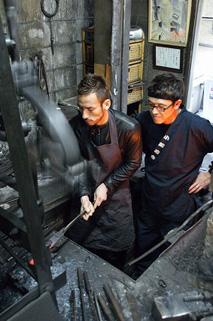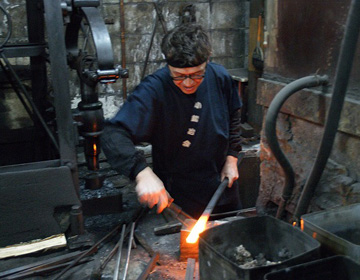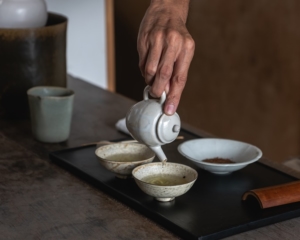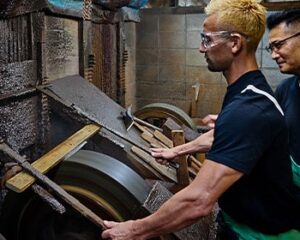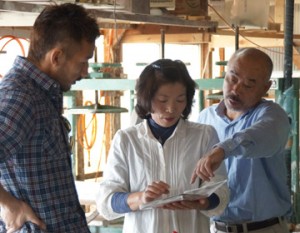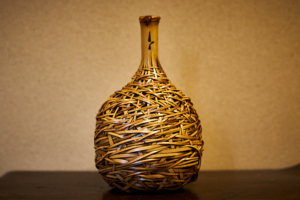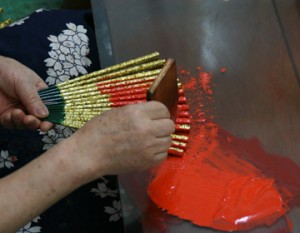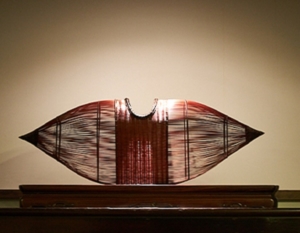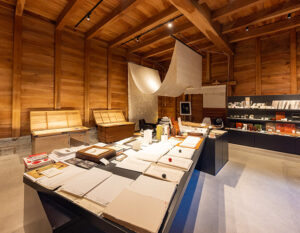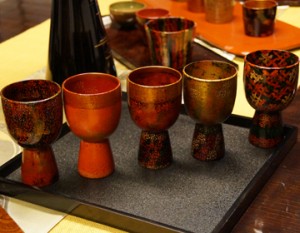“Sakai” where metal casters live and work
Sakai is a town where the ancient Emperor Nintoku rests in the giant tomb. It is believed that the tomb was built around the first half of the 5th century, but with such a large construction, a good quantity of tools must have been required. As evidence that such tools existed in the past, many old plows and hoes have been uncovered from the soil of Sakai. Sakai was an area where metal casting and forged metal craftsmen gathered to live and work from long ago.
Around the year 1570, knives to chop tobacco leaves were mostly made in Sakai. Later in the Edo period, tobacco became one of the listed items in the government monopoly system and the cutlery made in Sakai, as represented by tobacco knives, became famous across the country.
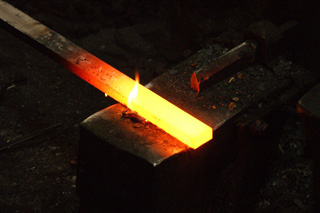
Experiencing the traditional method of smith forging
A traditional artisan, Tadashi Enami, has been making cutlery with the traditional method that has been passed down for 600 years. He still manufactures cutlery products with traditional fire-polishing. Fire-polishing is a method of forging hot iron with a hammer. Yes, it is very close to the typical blacksmith image of hammering red-hot iron with sparks coming out of it.
Nakata was given the chance to observe and actually try this fire-polishing method. Unlike pouring melted iron into a mold, this method requires time and labor. You have to hammer each stroke with care and attention to make a good piece of cutlery.
After guns were introduced to Japan, many craftsmen in Sakai made use of their skills to make parts for guns. The town of Sakai has observed different times of history, but it remains to cherish and pass on the traditional method even to this day.
